Dust and Brush Vacuuming
What you will need:

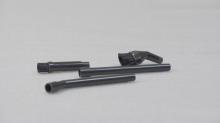
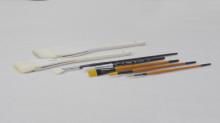
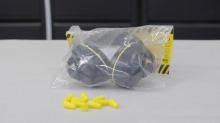
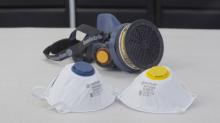
Transcript
Getting Started
Today I am going to talk to you about how to remove dust from collection items by brush vacuuming.
There are many reasons why dust is harmful to museum collections.
- Dust particles can cause damage by causing physical abrasion.
- Dust absorbs moisture and pollutants in the air, and as a result holds them against the surface of objects. This contributes to chemical deterioration of objects, such as the corrosion of metal and the red rot seen in old leather.
- Dust increases the likelihood of insect and mould outbreaks.
- Staining and discolouration of collection items can occur if dusty items become damp.
- Once dust accumulates on an item it can also be very difficult to remove without damaging a fragile or decorated surface.
Prevention
Prevention of dust is the best way to avoid damage.
Items in storage should be boxed or covered. Items on display should be placed into a showcase, or if this is not a possibility, they should be dusted regularly.
Regular housekeeping of storage and display areas is also important to keep dust levels down. You may be surprised how much dust is generated just from staff and visitors. When cleaning floors, a vacuum cleaner or microfibre sweeper should be used. Sweeping with a broom should be avoided as this spreads dust around.
When to brush vacuum
There are many situations in which an item should be brush vacuumed.
- When they are first accepted into a collection.
- Before an object is put into storage or following display.
- Brush vacuuming is also important where insects or mould has affected collection items.
Many types of materials can be brush vacuumed including textiles, paper based collections, paintings and objects. It should be noted that if an item is very small, fragile or delicate it might not be suitable for brush vacuuming.
Additionally in some cases the dirt and residue on an object may contribute to its significance, or provide important information on its use and history and therefore should not be removed.
You will need
If your item is suitable for brush vacuuming you will need a few simple pieces of equipment.
- A vacuum. Any good quality barrel or canister style vacuum is suitable, but it is preferable to have adjustable suction and a HEPA filter. A HEPA filter will prevent fine dust from being distributed out the back of your vacuum, and is essential when dealing with mould-affected materials. Please note that some vacuums are sold as having ‘HEPA bags’ or ‘HEPA style filters’, but these are not the same as true HEPA filters.
- A mini tool set. These are available from many vacuum cleaner stores. The hose fitting comes with an adaptor so that it will fit into most vacuum hoses.
- Various sized natural bristled paintbrushes.
- Earmuffs or earplugs to protect your hearing if you have a lot of items to clean.
- A dust mask, especially if your item is mouldy or very dirty.
Method
The basic method is to use your paintbrush to direct the dust into the nozzle of the vacuum. Do not touch the nozzle itself onto the object. Be aware that metal ferrules can also scratch objects so only use the bristles of the brush.
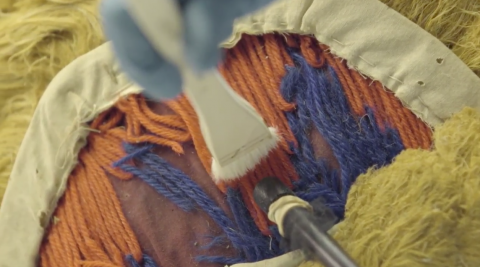
The brushes that come with your mini tool set can also be used to clean objects. However, they are much harder than paintbrushes and are best used only on more robust materials.
Ensure your brushes are kept clean so they do not scratch or mark other items.
Fragile objects
If you have a very fragile object, or one with loose materials such as beads, place a piece of netting over the vacuum nozzle and secure with a rubber band. This way if a small piece becomes detached it will not be sucked into the vacuum cleaner.
When brush vacuuming fragile textiles or documents, you could also vacuum through a screen.
An alternative would be to use nylon mesh held in place with an embroidery hoop or one made from a clean plastic insect screen with the edges bound with cotton tape. The cotton tape helps prevent the edges catching on objects.
Helpful hints
A clean leather or glass weight is useful for holding textiles or documents in position.
Books should be supported with foam wedges or pillows during brushing vacuuming.
So to recap:
- Direct dust into the nozzle of the vacuum.
- Brushes can be used to clean objects. Ensure brushes are kept clean.
- For fragile objects, place a piece of netting over the vacuum nozzle.
- Vacuum through a screen for fragile textiles or documents.
- Weights are useful for holding light items in position, and books should be supported.
Thanks for listening.












